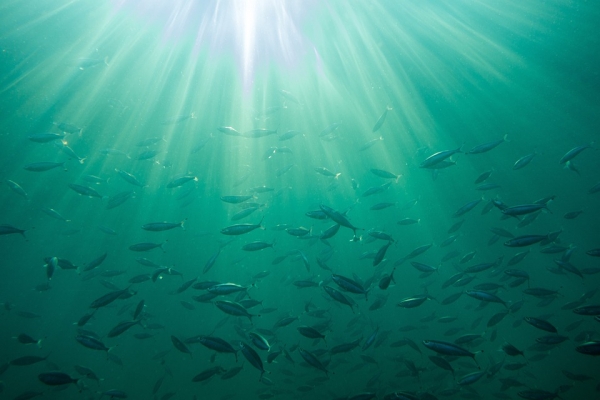Scientists have discovered how a chemical in the cells of marine organisms enables them to survive the high pressures found in the deep oceans.
The deeper that sea creatures live, the more inhospitable and extreme the environment they must cope with. In one of the deepest points in the Pacific - the Mariana Trench, 11 kilometers below the sea surface - the pressure is 1.1 kbar or eight tons per square inch. That is a 1,100-fold increase of the pressure experienced at the Earth’s surface.
Under normal or atmospheric pressure, water molecules form a tetrahedron-like network. At high pressure, though, the network of water molecules begins to distort and change shape. When this happens to the water inside living cells, it prevents vital bio-chemical processes from taking place - and kills the organism.
Read more at University of Leeds
Photo Credit: Pfüderi via Pixabay


